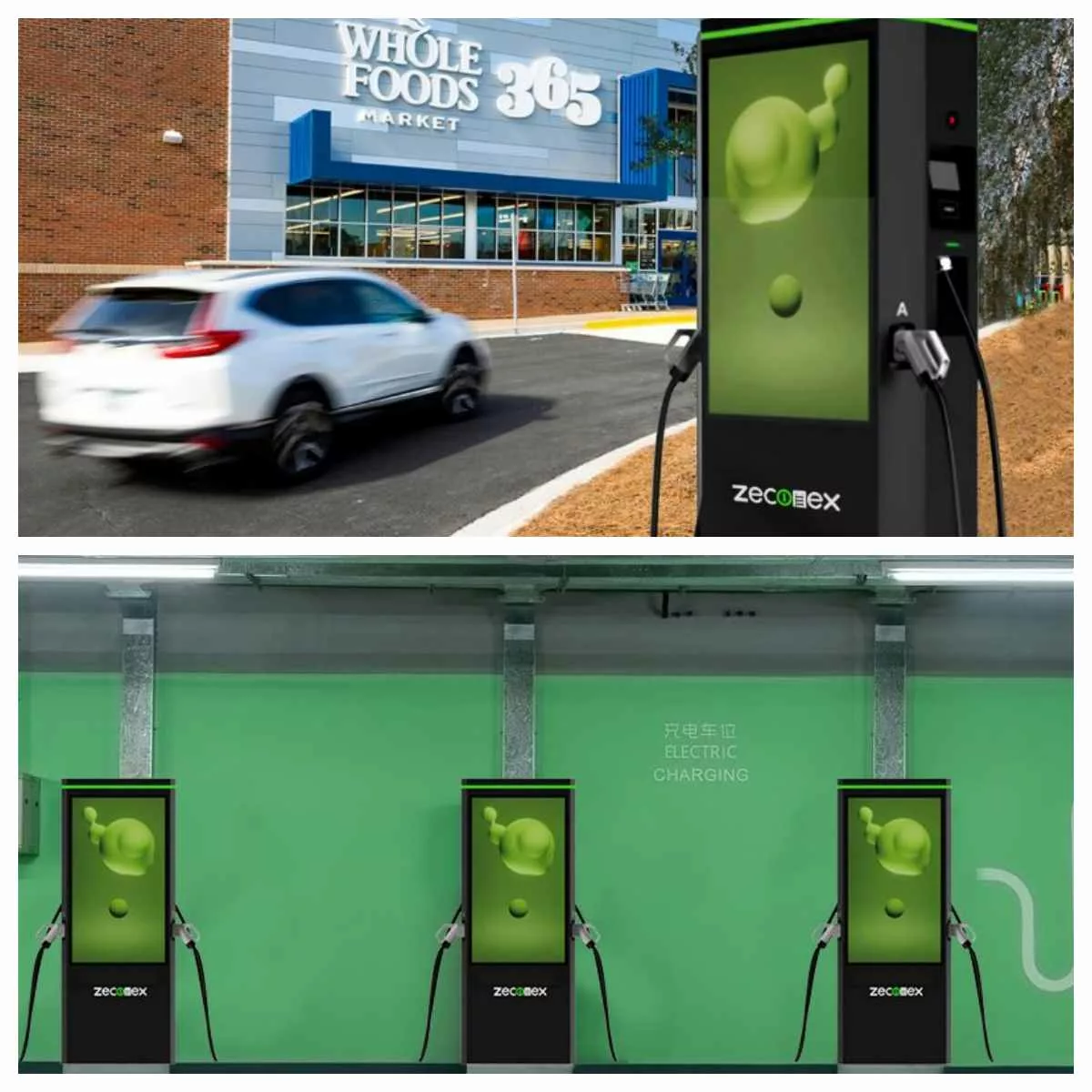Level 3 Chargers
Level 3 chargers, also known as DC fast chargers, are a type of electric vehicle (EV) charger that can provide a high amount of power to charge an EV quickly. These chargers use direct current (DC) instead of alternating current (AC) to charge the vehicle's battery. Level 3 chargers typically have a power output of 50 kW or higher, with some models capable of delivering up to 350 kW. They are commonly found in public charging stations and are designed for fast charging, allowing EV owners to charge their vehicles in a matter of minutes rather than hours. However, it's important to note that not all EVs are compatible with Level 3 chargers, as some models may only support Level 1 or Level 2 charging. Before purchasing a Level 3 charger, it is essential to check whether your EV is compatible with this type of charger.

Reasons why Level 3 Chargers are so Expensive
1.More complex technology: Level 3 chargers pack much more powerful technology than their slower counterparts. They operate at high voltages and currents, requiring sophisticated electronics and robust cooling systems to manage the intense energy flow safely and efficiently.
2. Heavy-duty components: To handle the high power, Level 3 chargers utilize more specialized and expensive components like heavy-gauge cables, high-power connectors, and specialized transformers. These components are built to withstand significant stress and ensure durability under demanding charging conditions.
3. Installation complexity: Installing a Level 3 charger often requires substantial infrastructure upgrades. This could involve trenching for high-voltage lines, upgrading electrical panels, and obtaining permits. The cost of these upgrades adds significantly to the overall charge station price.
4. Lower production volume: Compared to Level 1 and Level 2 chargers, the market demand for Level 3 chargers is smaller. This limited production volume contributes to a higher unit cost due to economies of scale not being as effective.
5. Additional features: Many Level 3 chargers come equipped with advanced features like smart grid integration, remote monitoring, and payment systems. These features add further complexity and expense to the overall package.
While the initial cost of a Level 3 charger might seem daunting, it's important to consider the long-term benefits for certain users. For frequent travelers, fleet operators, or businesses with public charging stations, the faster charging speeds and efficiency gains can outweigh the higher upfront cost.
Level 3 Chargers additional points to consider
Government subsidies and incentives can help offset the cost of installing Level 3 chargers.
Technological advancements are slowly bringing down the costs of these chargers.
The growing demand for high-speed charging may bring economies of scale to the market, eventually leading to lower prices.
I hope this explanation provides a clearer understanding of why Level 3 chargers are so expensive and helps you determine if they're the right choice for your needs.
Battery Storage, EV Charger, Home Battery Storage System, Solar Inverter
ZECONEX Invited to Exhibit at the Hong Kong International Autumn Lighting Fair
On October 27, 2025, the 27th Hong Kong International Autumn Lighting Fair, [...]
EV Charger
How to Choose a Reliable EV Charger Manufacturer Worldwide to Grab a Leading Position?
Against the backdrop of the booming global electric vehicle (EV) market, choosing [...]
EV Charger
Who Makes the Best DC Fast Chargers?
The global transition to electric vehicles (EVs) has accelerated the need for [...]
EV Charger
How is a Commercial EV Charger Constructed?
As the demand for electric vehicles (EVs) continues to soar, the need [...]
EV Charger
Demand for Charging Pile Types in Different Regions
Against the backdrop of the rapid development of the global electric vehicle [...]
EV Charger
A Streamlined Guide to 20 Core Decision Points in Charging Pile Procurement
In today's accelerated electrification transition, charging pile procurement has become a key [...]
